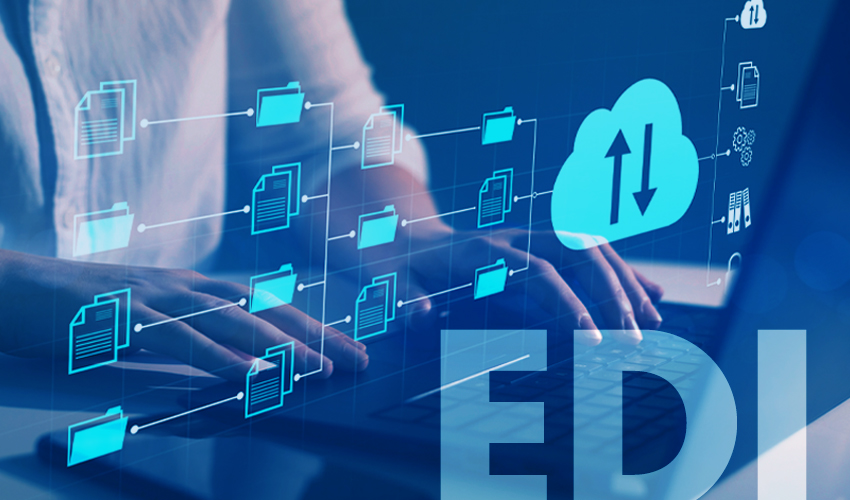EDI 101: What is Electronic Data Interchange?
EDI, short for Electronic Data Interchange, is a technology many carriers and brokers use. Yet few people know much about how it works outside of the technical team. While the technology is complex, its impact is simple: replacing manual B2B communication with automated electronic messages.
EDI is a standardized system for exchanging information between businesses electronically. This means that instead of relying on paper documents, you can exchange information with your trading partners in real time, which can save you a lot of time and effort.
What’s more, each EDI transaction file has a unique purpose designated by its number. For example, an EDI 204 sends a load offer (tender) to a trading partner. Since the message comes directly from a partner’s information systems, you can be sure that what you’re receiving is accurate and up-to-date.
By understanding the technology, companies can better leverage a full range of modern EDI capabilities.
What Is EDI?
EDI standardizes data communicated between businesses. The technology exchanges information among trading partners electronically instead of using paper documents. The digitization applies to a range of activities including purchase orders, invoices, or load tenders. EDI standards set rules for data formatting so that the information transmitted remains consistent between trading partners. Combining standardization with automation allows businesses to exchange precise, real-time information rather than wasting effort on manual, error-prone paperwork and spreadsheets.How EDI Can Benefit Your Business
If you’re in the shipping and transportation industry, then you know that efficient communication is key to success. After all, you need to be able to coordinate with your clients, vendors, and employees in order to keep your operation running smoothly. That’s where EDI comes in. By leveraging the technology, EDI helps companies:- Reduce costs associated with paper documentation
- Save time by automating manual processes
- Increase efficiency by exchanging information in real time
- Improve communication with trading partners
- Ensure data accuracy through standardization
